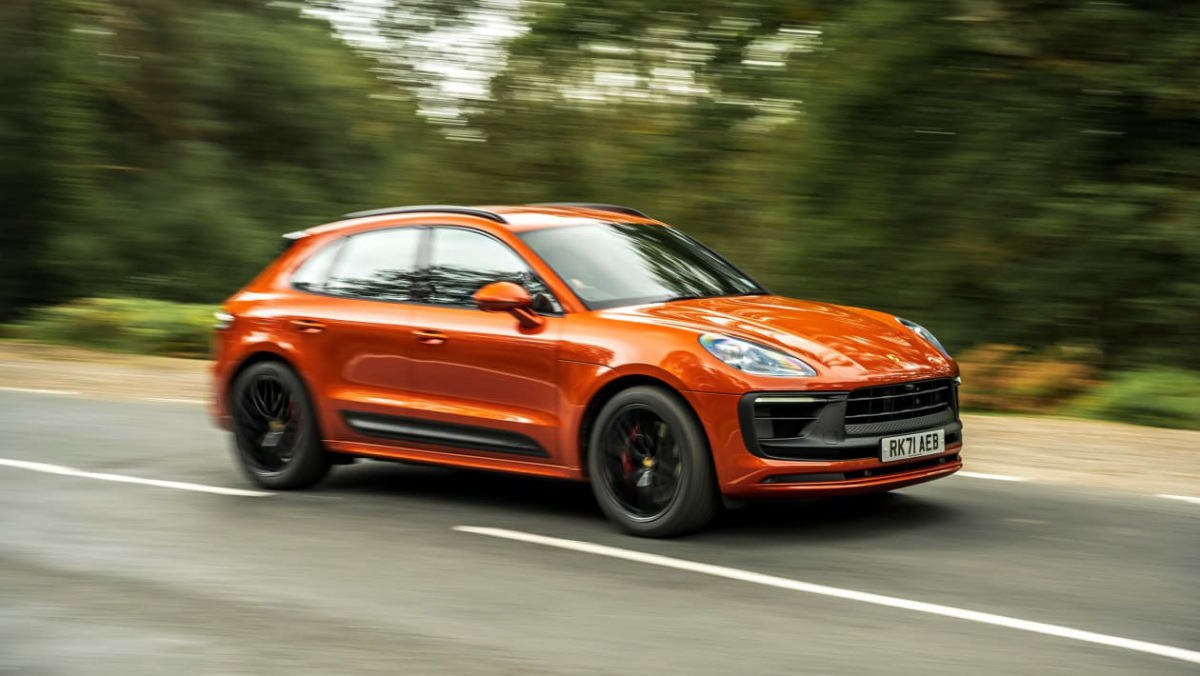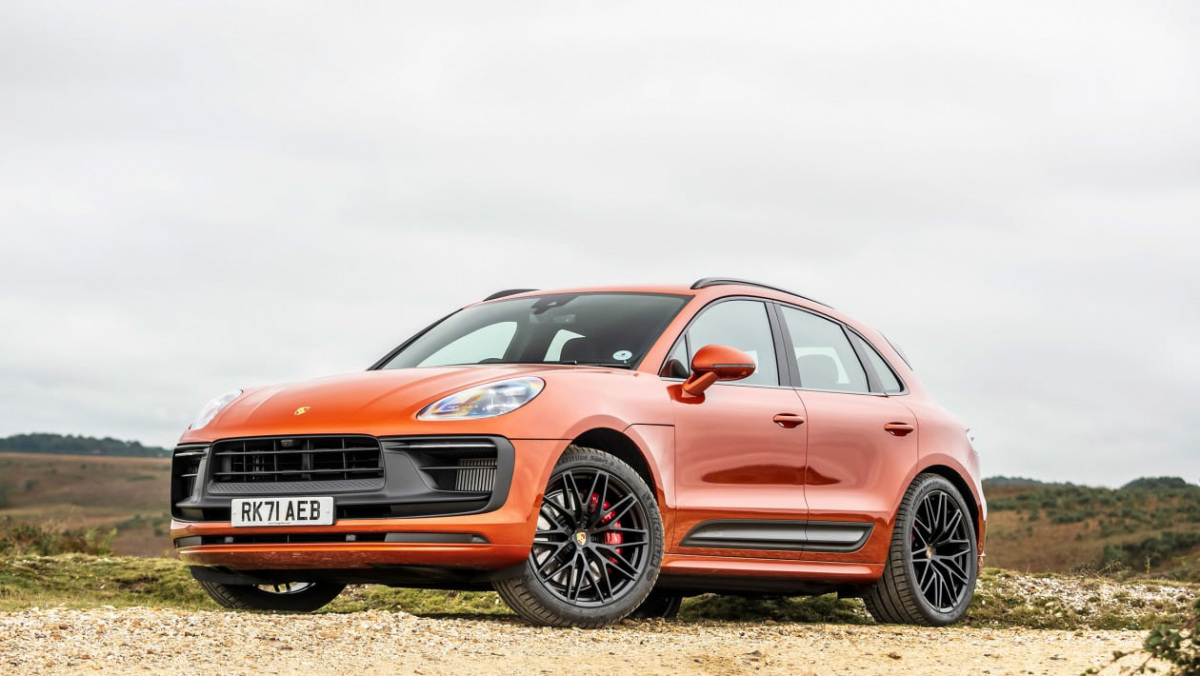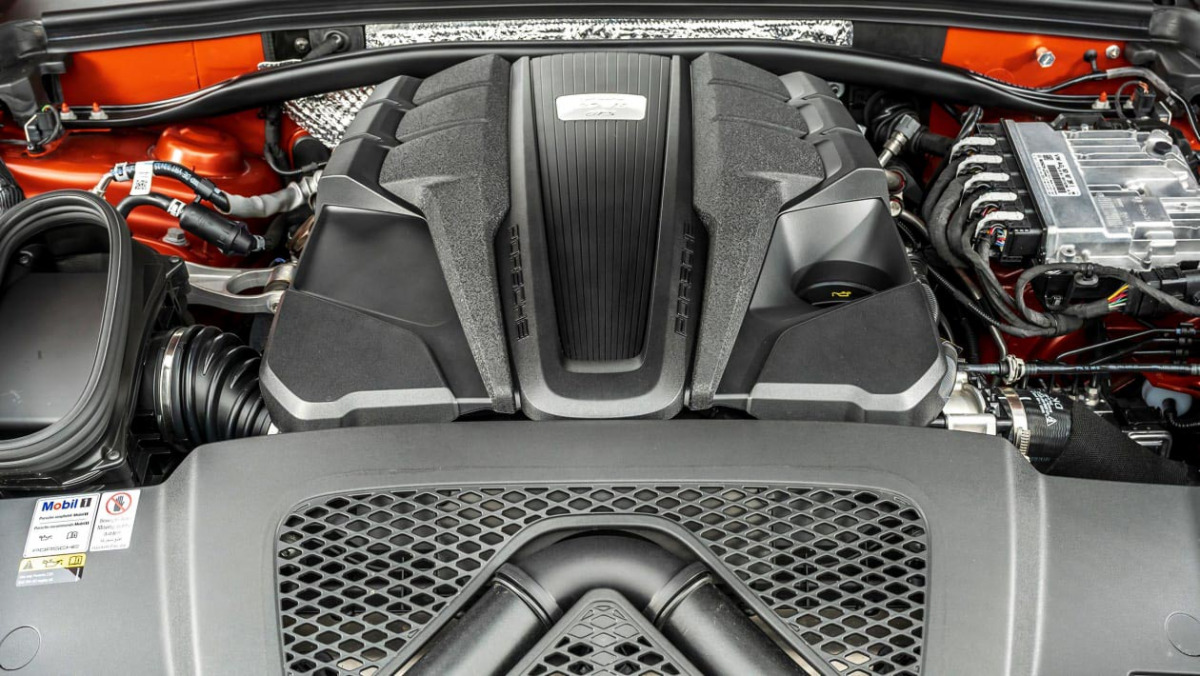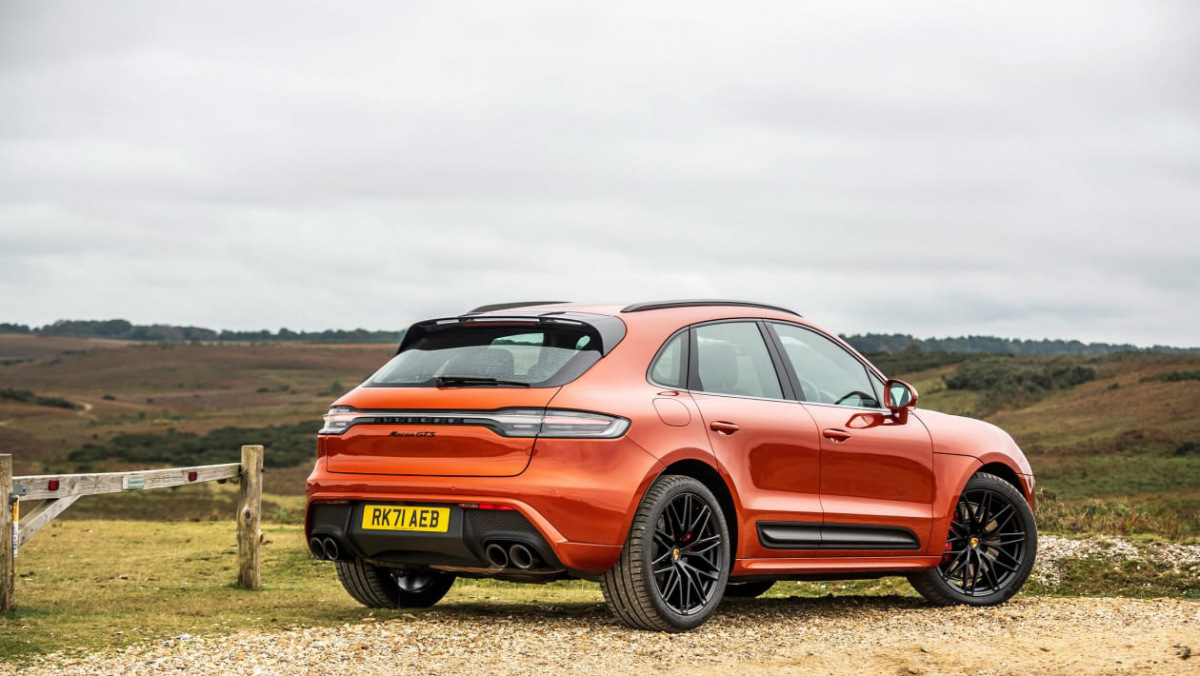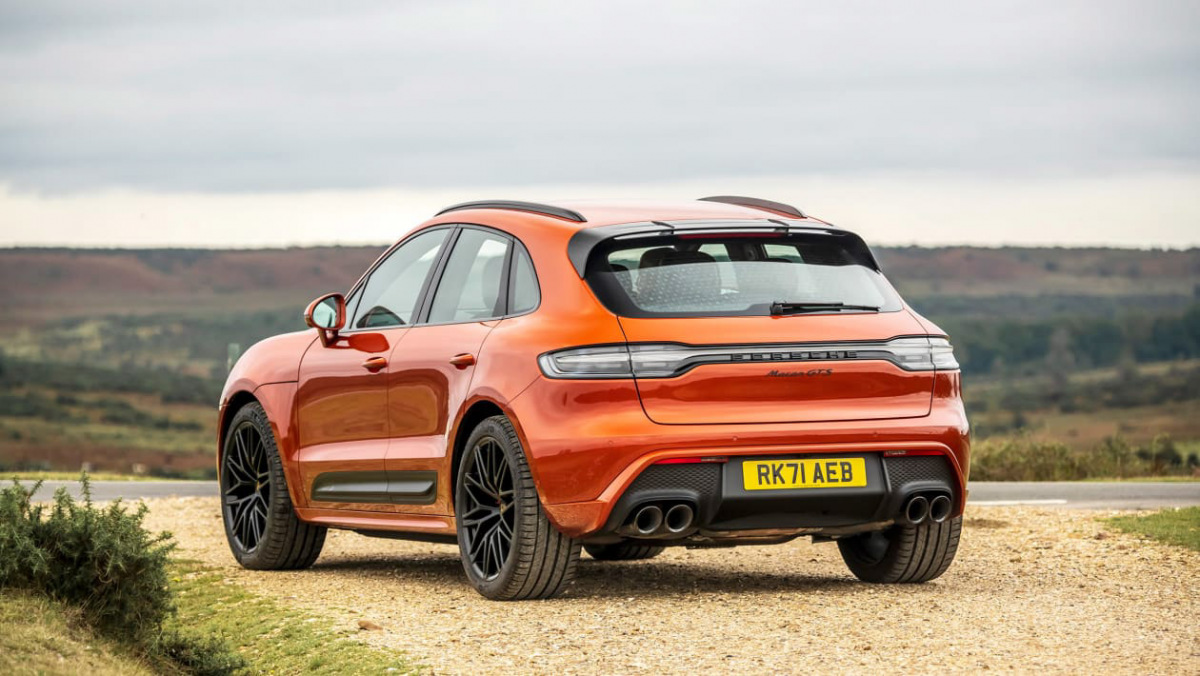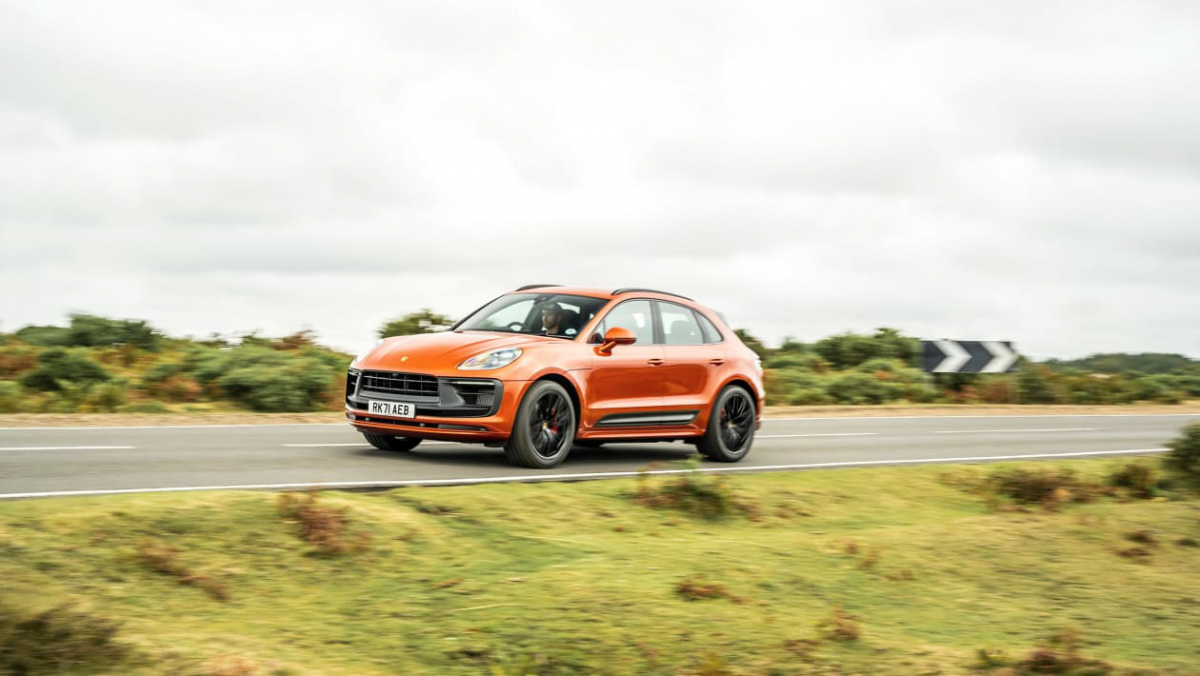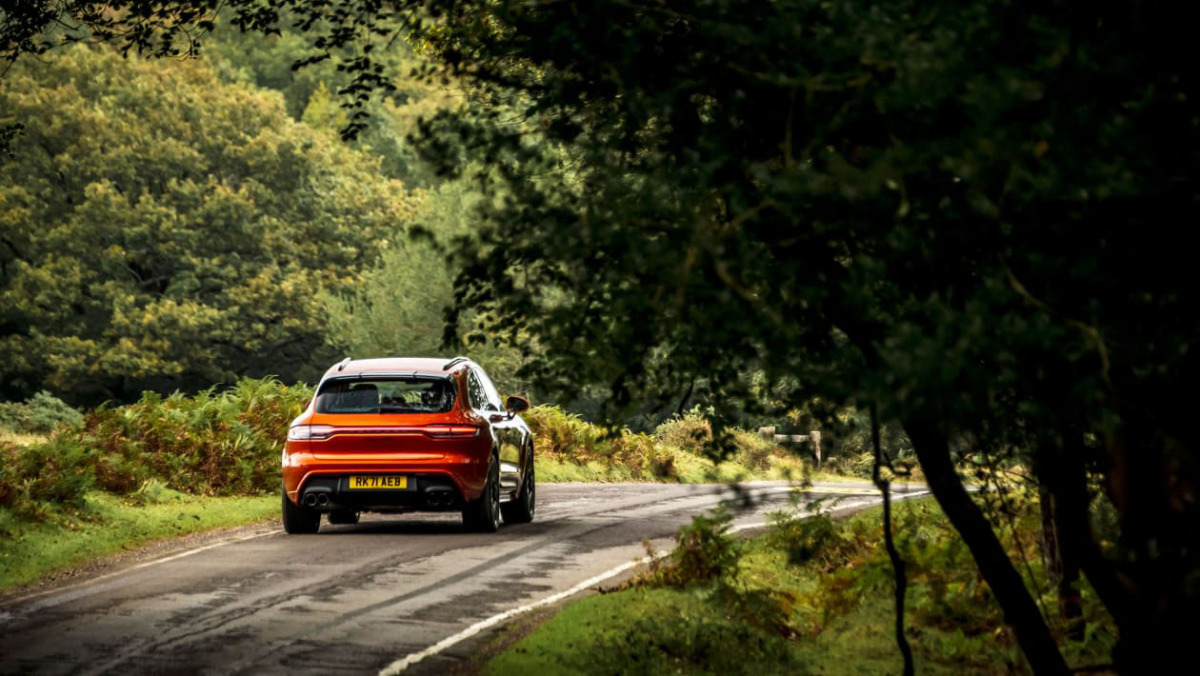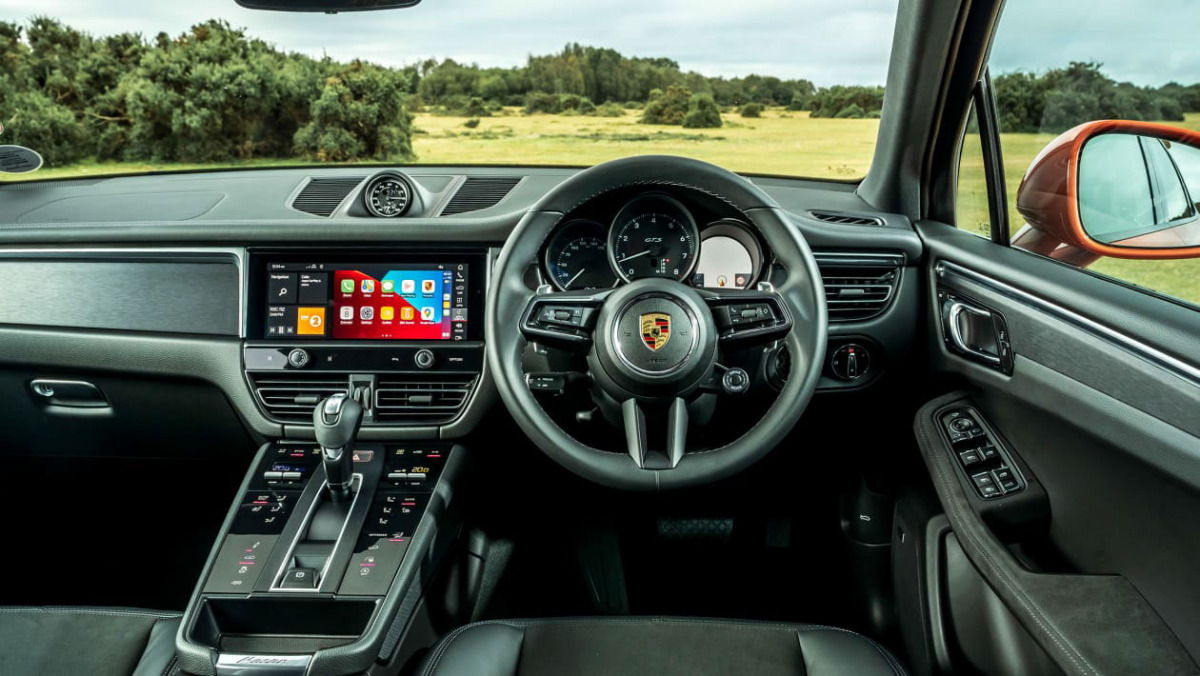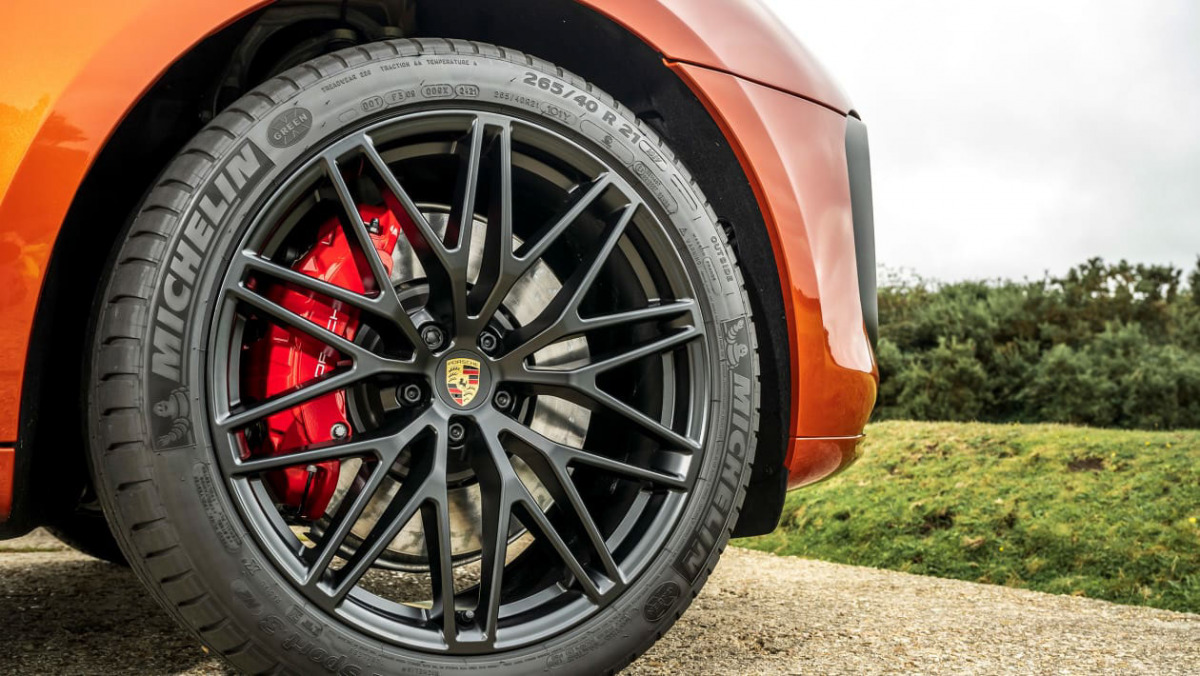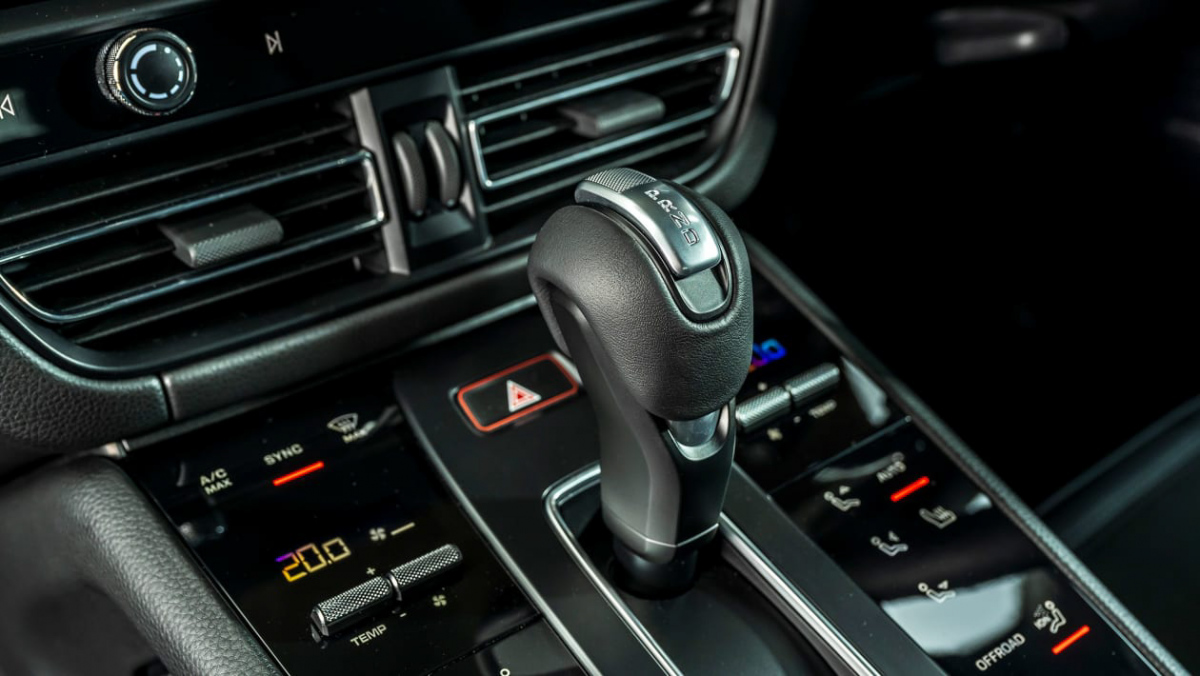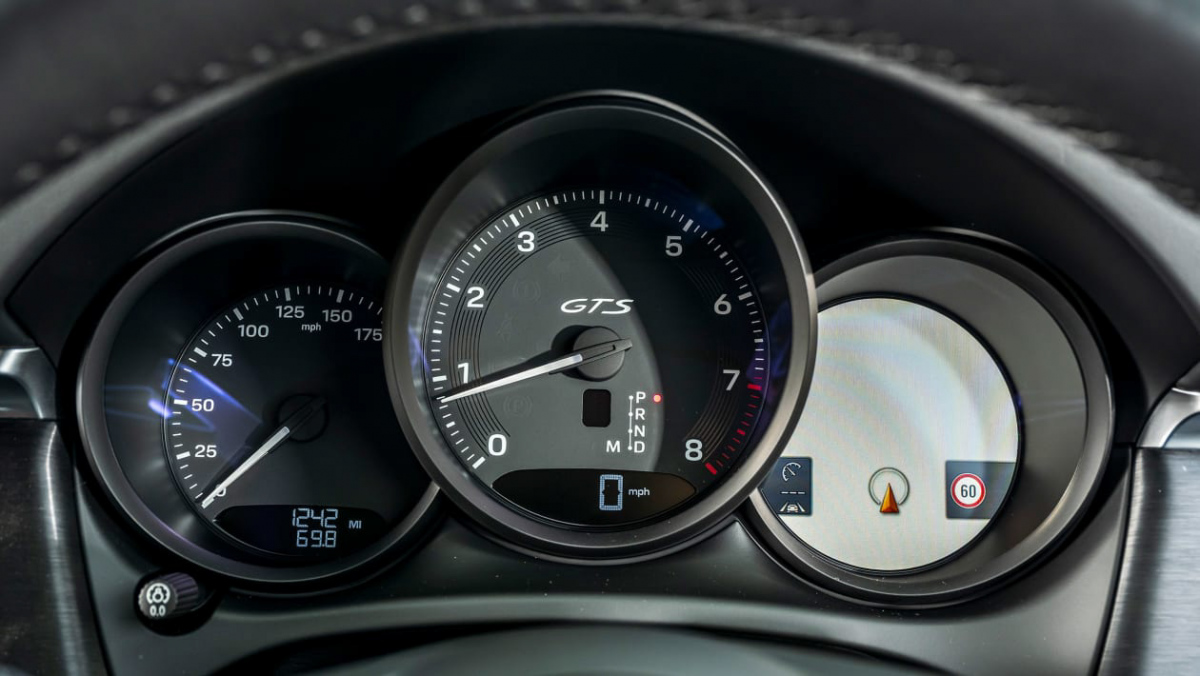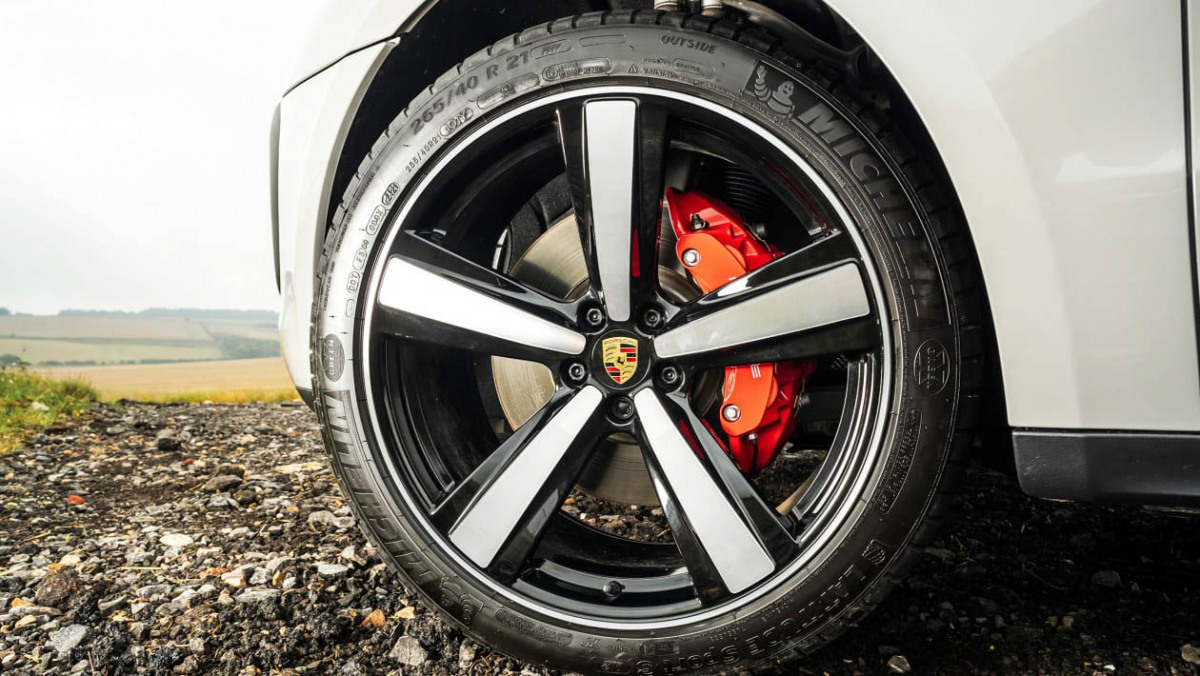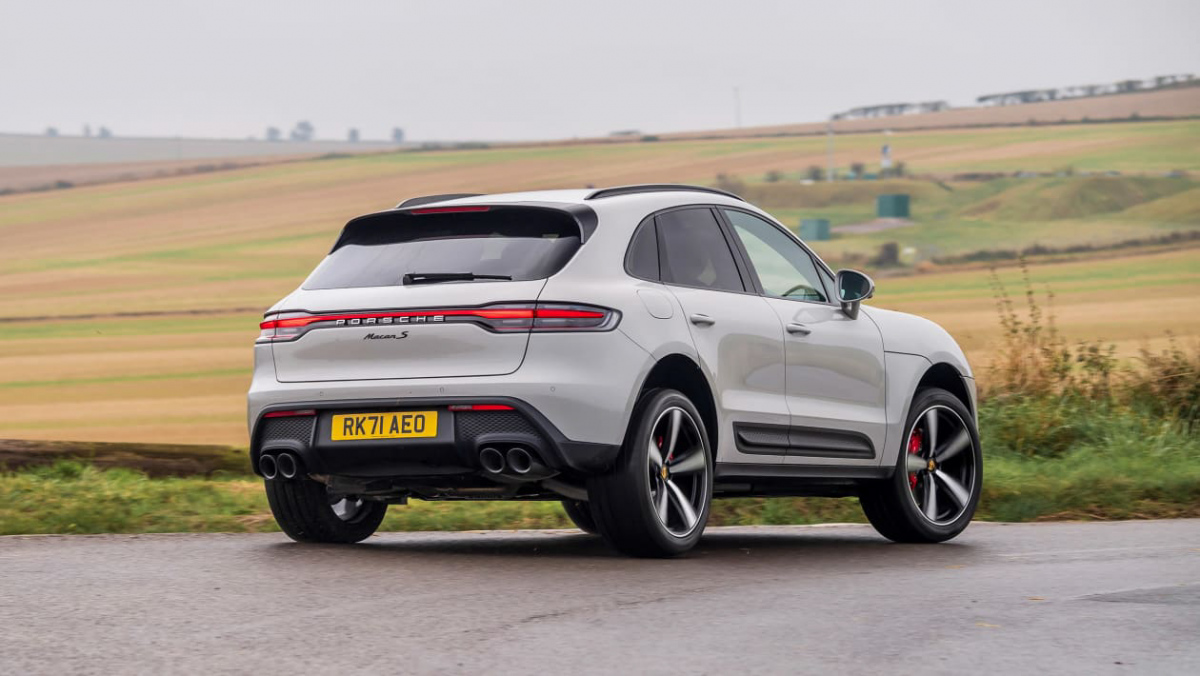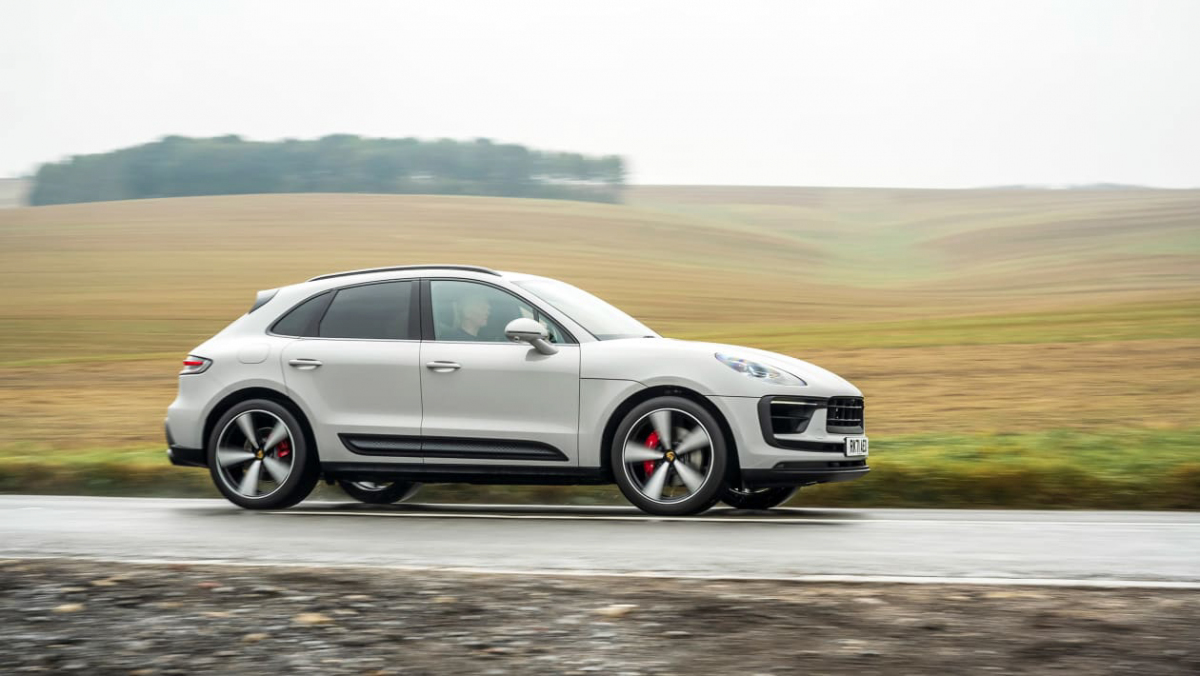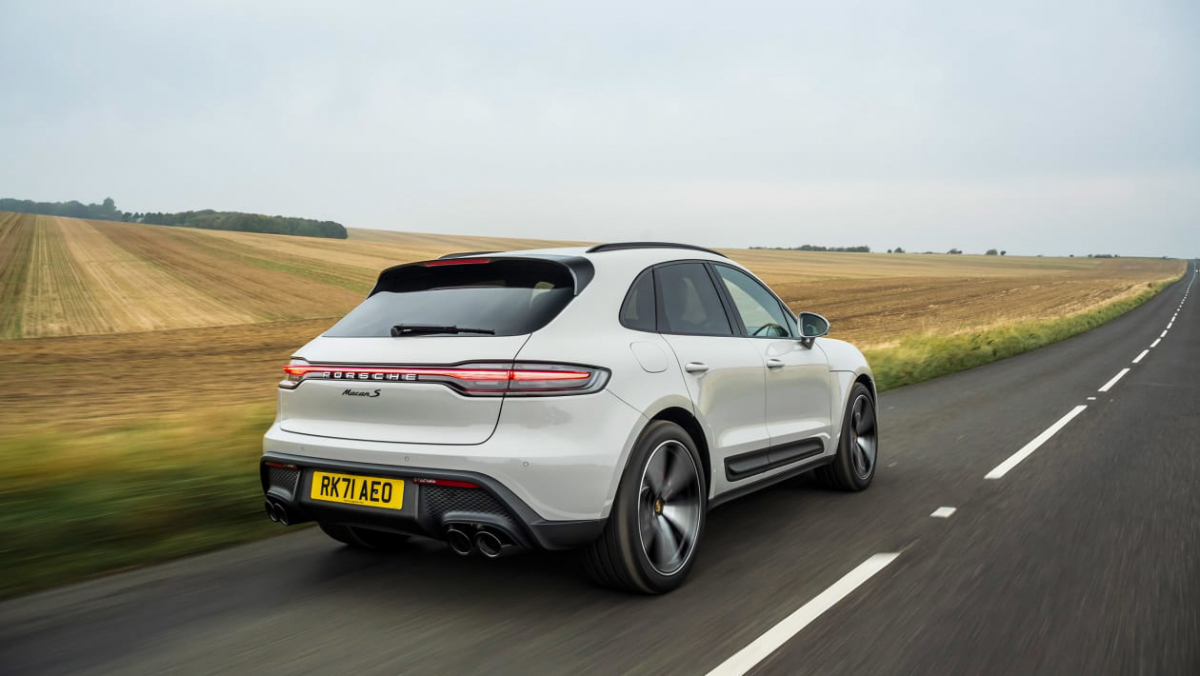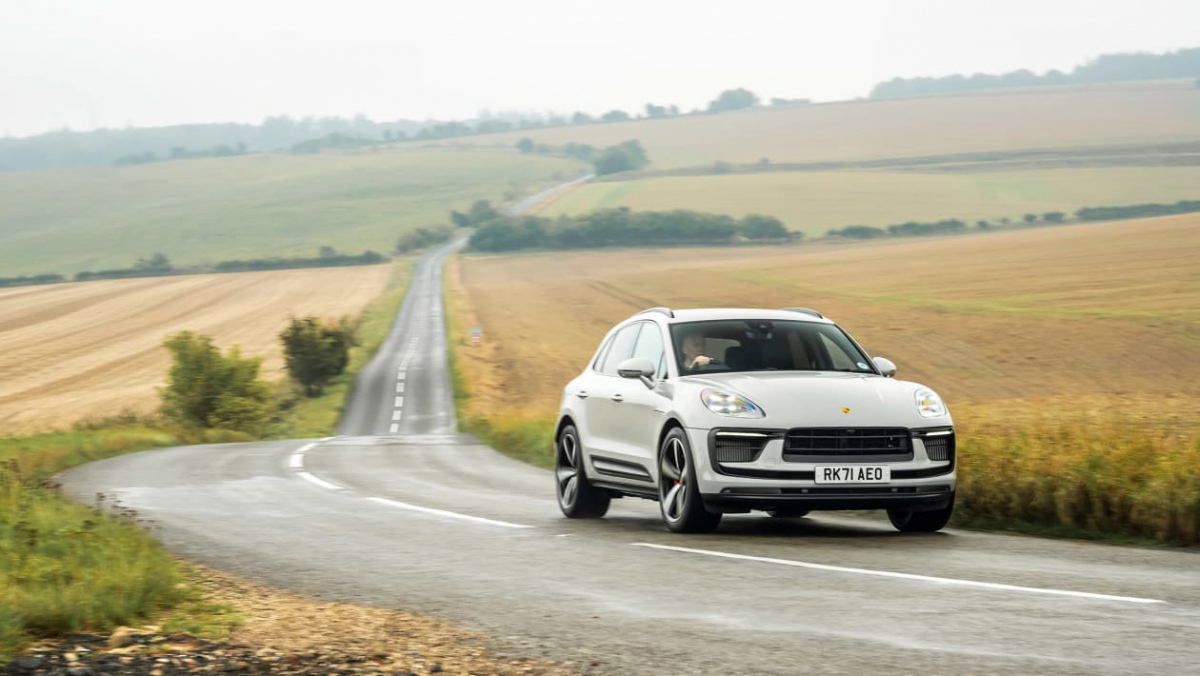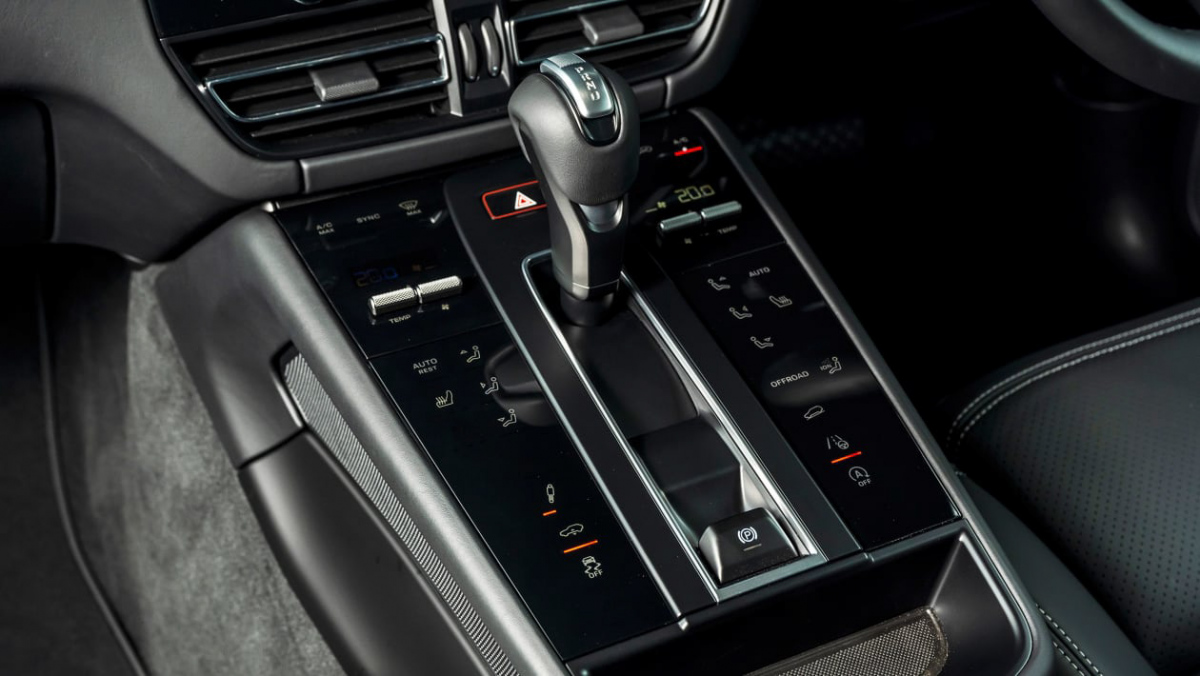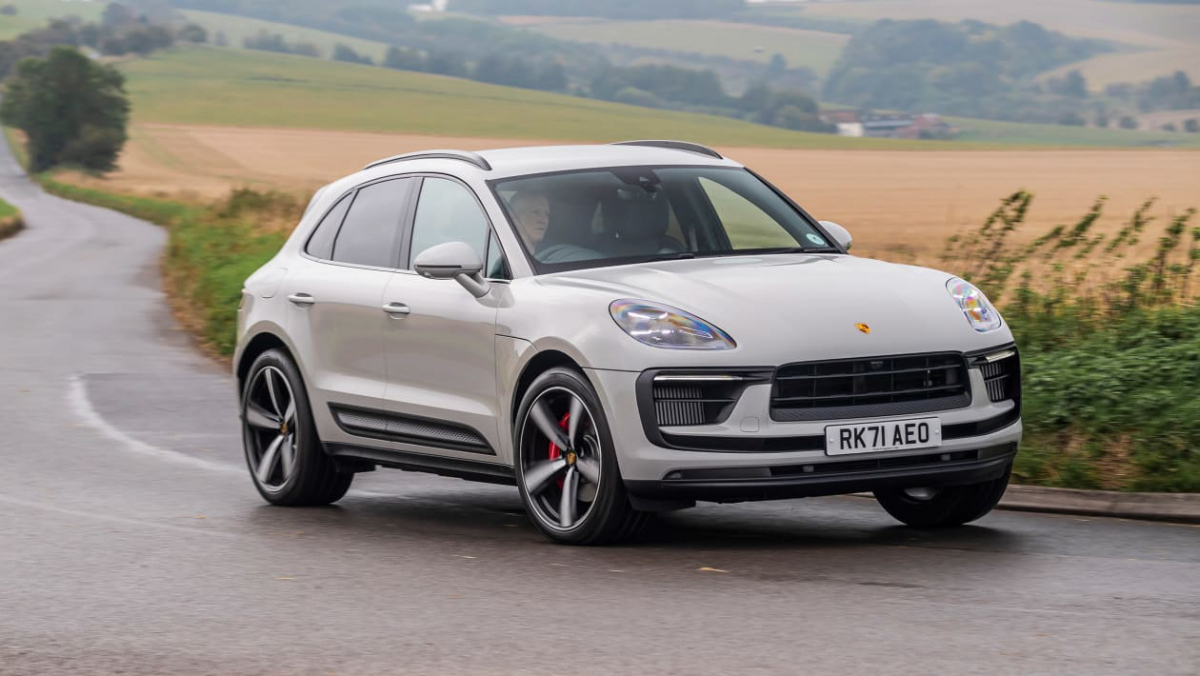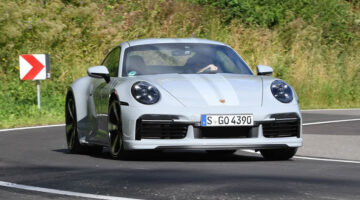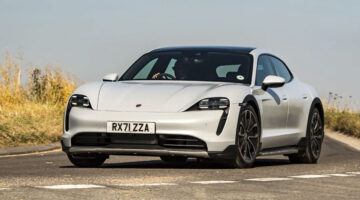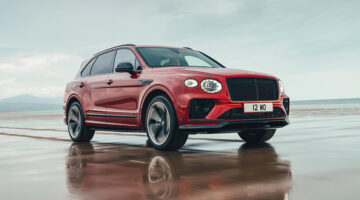Recently updated, the Porsche Macan is still the class champion and unlike most rivals a genuinely captivating drive
| Powertrains, poise, the Porsche badge… | |
| It’s not dated, but perhaps a bit too familiar? |
If it feels like the Porsche Macan has been around for a long time it’s because in car years it kind of has. First introduced in 2014, the Macan has been a raging success for Porsche, making the brand accessible (or justifiable) to a whole range of new buyers, while trading on typical Porsche character traits such as peerless driving dynamics and build quality.
It’s the first element of those which is particularly telling, as the Macan’s dynamic clout is the very element which has kept it relevant over all these years, driving with genuine involvement and capability.
For 2021, Porsche has given the range another shake-up, dropping the Turbo model and consolidating the engine range. Visual changes are very subtle, with only the gentlest of exterior updates, joined inside by an adoption of flat touch-sensitive controls around the gear lever and an upgraded infotainment screen.
What will come after the Macan? Porsche is in the final stages of development of its all-electric replacement, which just like the current Macan, will share underpinnings with an Audi equivalent. Rather than immediately replacing the current combustion model when it arrives in 2023, though, both will be sold alongside each other until legislation, or customer demand, eventually calls time on the petrol-powered model.
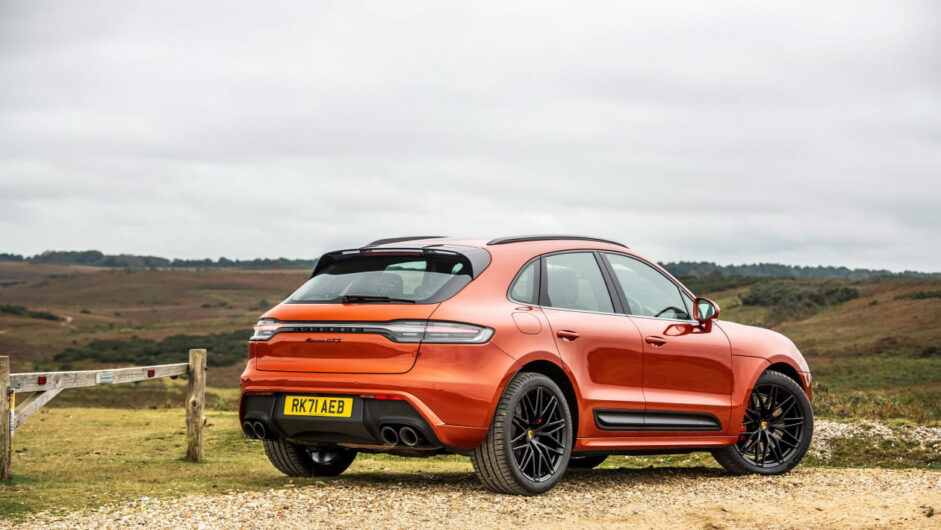
Prices, specs and rivals
PPricing for the new Macan starts at £47,780 for the entry-level 262bhp four-cylinder simply badged ‘Macan’. Move up and you’ll find £53,300 the Macan S, sporting two more cylinders.
Now sitting at the top of the tree is the Macan GTS at £64,770, which is a fair chunk more expensive than before, but now effectively replaces the previous Turbo at a near £4,000 discount. Both GTS and S feature the same 2.9-litre V6 engine; the GTS packing a higher state of tune.
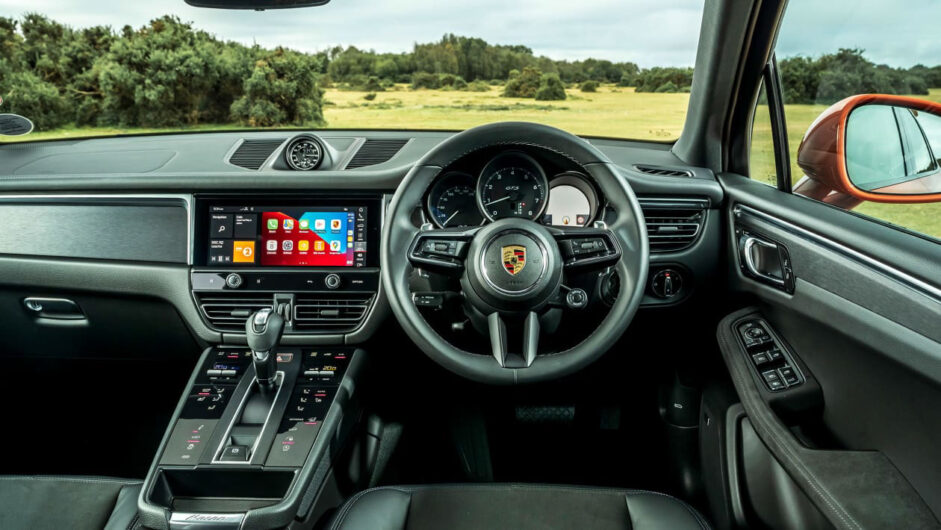
Other German rivals come in the shape of the BMW X4, Audi Q5 and Mercedes GLC Coupe, although none can match the Macan in terms of driving dynamics or sense of occasion. The X4 undercuts the Macan by only a few grand at base level, while the range-topping 355bhp M40i derivative elevates the sticker price into Macan GTS territory, at $69,516. The Q5 meanwhile begins at $50,700, and rises to $67,368 for the SQ5. The GLC range, meanwhile, ranges from $54,992, through $64,865 for the V6-engined GLC43 and $94,462 for the barmy 4-litre twin-turbo V8-powered GLC63.
Outside of the usual German brands the closest equivalents are the Alfa Romeo Stelvio, Jaguar F-Pace and Range Rover Velar. All feature high-performance variants, the Stelvio Quadrifoglio using a 3.9-litre turbocharged V6 and the other two a 5-litre supercharged V8, but of them all (and including the German cars) it’s the Alfa that gets closest to the Macan, and possibly even eclipses it.
The Macan naturally feels the more sophisticated and is the better built of the pair, but the Stelvio’s startling performance, impressive ability and gloriously silly soundtrack will give it the edge for some. At $86,788 the Quadrifoglio isn’t cheap (though nor is it excessive for a car with 503bhp), but it’s a lot of fun.
Performance and 0-100 time
There are four Macan derivatives available and even the least of those, the turbocharged 2-litre, can be considered fairly brisk: at its slowest, the Macan is still a car capable of reaching 100kph in 6.7sec and going on to 223kph given a suitable stretch of autobahn.
The petrol Macan S is faster still, dispatching the 0-100kph sprint in 5.3sec and hitting 252kph flat out. But it’s the Turbo model that is by far the most impressive: a 4.3sec 0-100kph time with the Sport Chrono package is coupled with an equally as impressive 0-160kph time of 10.5sec, and a 268kph top speed – just a few decades ago you needed a 911 to reach such velocities.
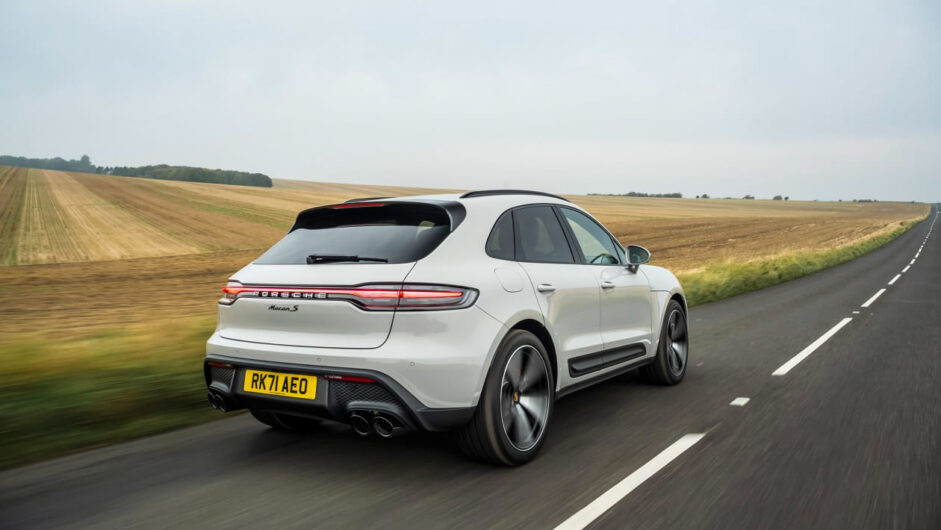
The GTS is properly brawny, and while it might lack the outright punch of a BMW X3 M or AMG GLC63 S, its pace doesn’t seem to overwhelm the chassis as it can in its rivals. As previously referenced, the Macan’s autobahn gearing means you really need to stick to Sport or Sport+ modes, keep it in the lowest few gears, and select ratios yourself for it to feel truly brisk – a conventional hot hatchback such as a VW Golf R or Cupra Leon will feel quicker with less effort.
When you’re not trying to reach mile-a-minute speeds though, all of the Macan power plants are suitably cultured and blessed with smooth, consistent responses. For a car capable of worrying Boxsters and Caymans (or those aforementioned hot hatches), the way the Macan can also fade into the background as a quiet and refined cruiser is both welcome and impressive.
Engine and transmission
The entry-level Porsche Macan uses the same 2-litre, four-cylinder turbocharged engine as before, but with a subtle 20bhp jump in power. Anyone familiar with VW-Group lingo will recognise the EA888 unit, which is found across the Volkswagen empire, but it’s an inherently good engine and makes a suitable starting point in the range. In this application it develops 262bhp at 5000rpm, and there’s a meaty 295lb ft of torque available from 1800rpm, so performance is acceptable for something with a Porsche badge.
Step up to the petrol Macan S and things get more interesting. Its new 2.9-litre twin-turbo V6 produces 375bhp and 383lb ft of torque, the latter from 1850rpm. The engine here is a marked step above the four-cylinder in performance, character and response, and feels much more suited to pushing the heavy Macan body along.
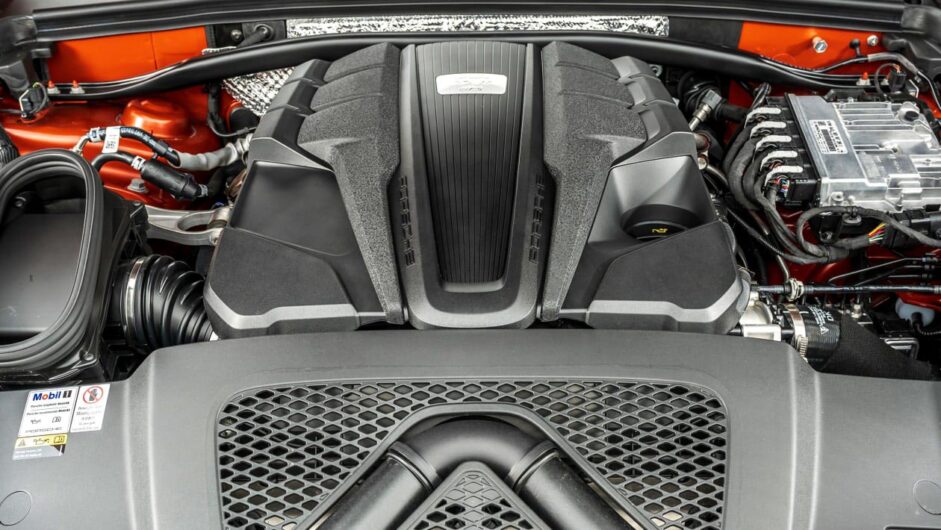
At the top of the range is now the GTS, the Turbo given the boot to simplify the range. Like the S, the GTS utilises the 2.9-litre V6, this time tuned to 434bhp, and 406lb ft from 1900 to 5600rpm.
> 2019 Volkswagen Golf R review – the art of having your cake and eating it too
The V6 engine itself is the unit co-developed between Porsche and Audi, so is also found in the RS4 and RS5. As such, it shares that car’s hot-V turbocharger layout, injection system (that’s the Audi bit) and extremely impressive thermal management considering its compact packaging.
All Macan’s utilise a seven-speed PDK twin-clutch auto that shares the similar over-long gearing that blights the Boxster and Cayman. The transmission itself works brilliantly, with shifts that are very smooth, very fast and particularly responsive to the paddles – PDK remains one of the best dual-clutch transmissions on the market.
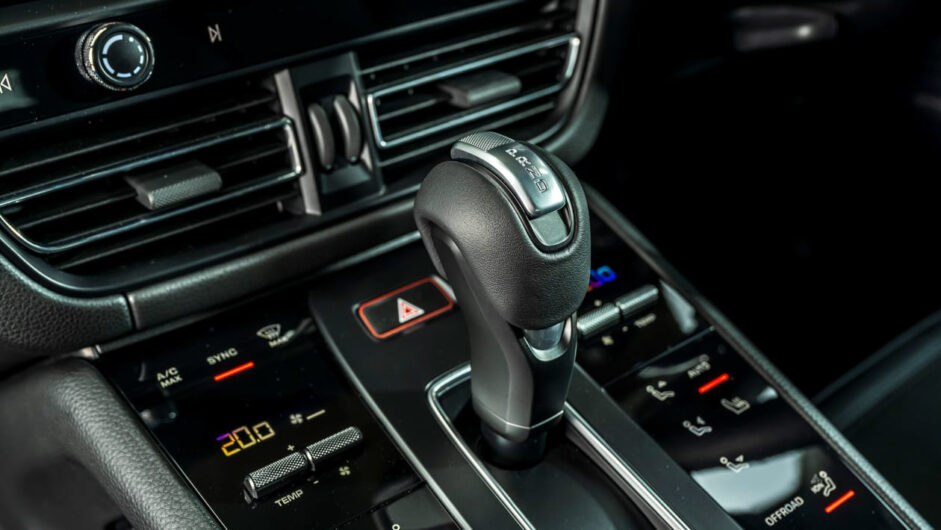
While none of the turbocharged engines has quite the character of one of Porsche’s (increasingly rare) naturally aspirated flat-sixes, it’s hard to argue with the figures they produce, particularly given the size and weight of the Macan. A basic 2-litre Macan is 1845kg, rising to 1960kg for the Macan GTS.
This relatively high weight comes on account of its MLB-Evo chassis, which like the engine is co-developed with Audi. These underpinnings don’t yield a huge array of cars with particularly involving driving experiences, which is why Porsche’s ability to instill some real finesse into the Macan is all the more impressive. One reason for this is the Porsche’s double wishbones at both ends and on the GTS and Turbo, Porsche Active Suspension Management (it’s £816 on the others), with an air-sprung PASM set-up optional at £1860 on the Macan and S, or £1044 on the GTS. Ceramic brakes are also an option, at nearly £5700.
Ride and handling
When we wax on about how the SUV is the antithesis of automotive correctness, the reason why is very simple. They are taller, heavier, no more capable and less efficient than something with a similar interior accomodation and footprint. That’s why this midsize SUV, which is no more practical than an A4 Avant, weighs nearly 2000kg in most specs with little to no obvious advantage for the user.
So when a car manufacturer is able to traverse these road-blocks and create a genuinely engaging driving experience despite these setbacks, credit goes where credit is due. The Macan is one such SUV. At times, it feels not unlike a big hot hatch, doing a great job of delivering the interaction and performance that you’d normally expect in a smaller car.
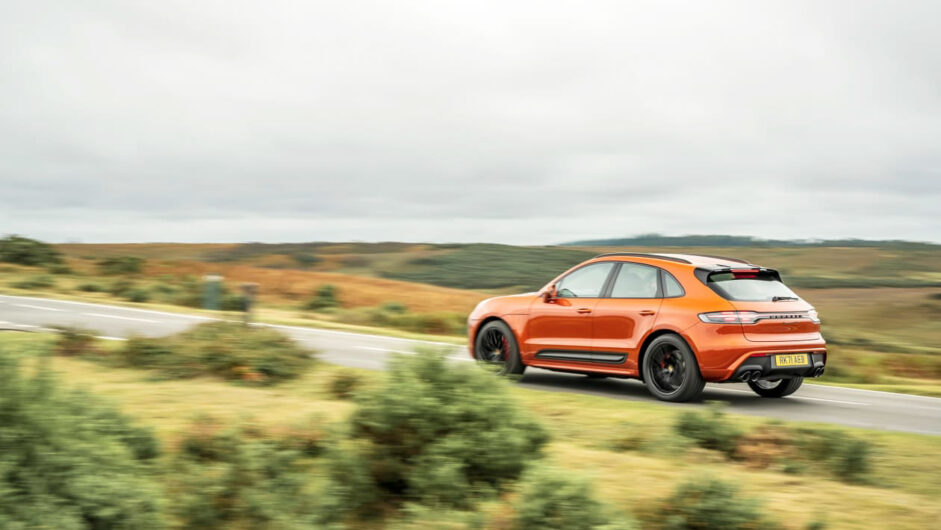
This is largely helped by the Macan’s steering, which is a cut above the competition’s. With plenty of weight and, crucially, some proper feel coming back through the new 911-derived steering wheel – it almost feels out of place in a five-seat 4×4.
Rather than opting for a super-light steering set-up, which many SUVs use in an attempt to hide their weight, Porsche has instead engineered a system that offers resistance in their typical style, but never leaves the Macan feeling cumbersome or unwieldy. Combined with strong grip levels, you have the confidence to drive the Macan a lot harder than you would a conventional quick SUV.
Problems can arise, though, when the Macan simply can’t do any more to disguise its mass. That sharp front end and impressive traction can quickly melt into understeer should you overstep the Macan’s dynamic envelope.
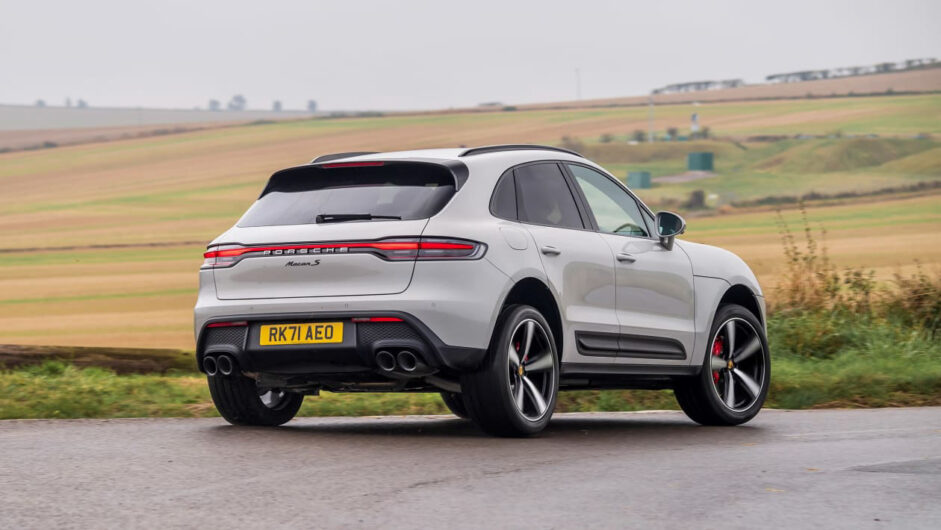
As for the ride, the steel-sprung PASM set-up (standard on the GTS) is more than acceptable for daily driving when in its Comfort mode, but those expecting a softened-off luxury 4×4 may be slightly thrown by how much stiffer the Macan feels when in its Sport setting. In fact, if you want an SUV for wafting about in, you may find a Range Rover Velar an altogether more comfortable option.
The GTS is a particular highlight. It’s sharp – best driven in Sport+ virtually everywhere – and reactive, delivering decent feedback too through the weighty steering, and there’s a more interesting exhaust note with the occasional exhaust crackle. Given its weight, the clean steering response and impressive brake power and feel are particularly welcome. There’s even, if you’re brave and there’s plenty of space, the possibility for a little power oversteer.
There’s a sense that the car is ruthlessly bludgeoning the laws of physics into submission rather than deftly bending as a lighter car might, and we’d still opt for a lighter, lower car for genuine entertainment, but nonetheless it’s a deeply impressive display.
L/100km and running costs
With a diesel engine no longer offered in the Macan range, it falls to the 2-litre four-cylinder model to offer the highest economy figures. ‘High’ is a relative term, as while up to 10L/100km isn’t bad for such a heavy vehicle, nor is it impressive outright these days, and the corresponding 185g/km of CO2 means a fairly punchy first-year VED bill is included in the on-the-road price.
The numbers steadily diminish from there, with the Macan S achieving up to 11L/100km combined and 204g/km, the Macan GTS 11.3L/100km and 218g/km of CO2, and the Turbo topping (or bottoming) the list at 11.4L/100km and 224g/km. On the plus side, real-world figures do seem close to these official WLTP estimates, with numbers in the mid-20s to low 30s achievable in mixed driving.
Interior and tech
It’s the interior which has been given the most attention as part of its 2021 update, with a new centre console that incorporates the cleaner touch-sensitive controls (visually, not literally on account of incessant fingerprints). The rest is familiar, which is no bad thing, as although it’s an ageing architecture it still fundamentally works.
Fit and finish is very good, while the ability to customise the Macan’s interior fairly extensively ensures that those who are looking for something special will find it here, albeit at a cost. With tan, red and light grey trim options in all models, it’s one way of breaking free from all the darkness, while the more in-depth Porsche Exclusive Manufaktur options can really bring a bit of life to the cabin.
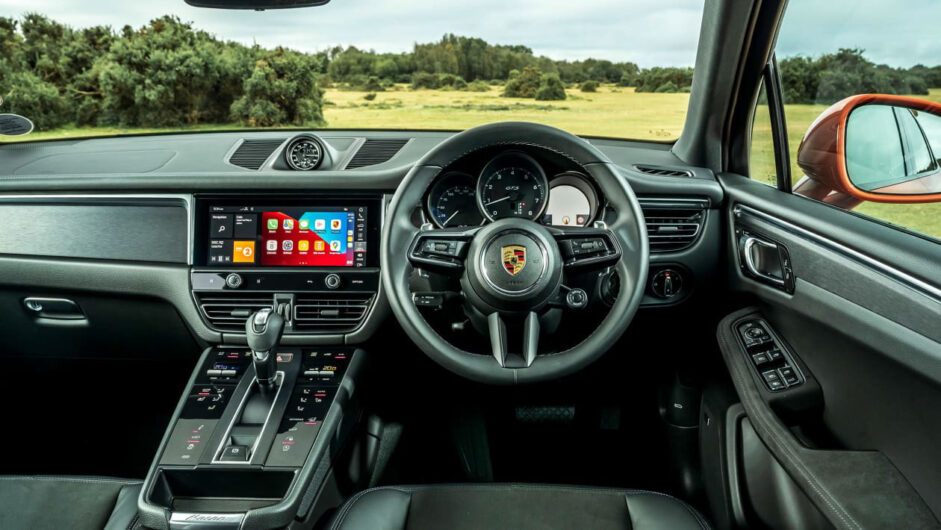
Porsche has also improved its in-car tech, so it no longer lags rival systems from BMW, Audi or Mercedes (and it’s much better than the versions you’ll find in the Alfa Stelvio). Those looking for more digital bling might be turned off by elements like the analogue dials and physical gear lever, but we’re not sure banks of screens and tiny selectors really move the game on, decluttering yet cluttering the interfaces all at the same time.
The Macan has a relatively impressive 1500 litres of luggage space with its rear seats folded, 100 litres down on an X3. It is, however, a better shape, so the available space will be easier to utilise. There’s decent space for passengers front and rear, but a Cayenne will seat four or five in greater comfort. The Macan’s driving position is excellent however, being more similar to that of a 911 than most SUVs seem to manage.
Design
For a shape that hasn’t fundamentally changed since 2014 – we’re still on the first generation of Macan, albeit a few light facelifts down the line – the Macan remains one of the more attractive cars in its segment. For a car built on the same platform as Audi’s Q5 you’d not know it by looking, and the application of Porsche design has been far more successful here than it was on the first two generations of Cayenne, and we’d argue the current Cayenne, too.
The most recent facelift has been very subtle, with changes to the front and rear bumpers. This built on the 2018 update which brought in a full-width rear light element, now matching several other cars in the range. Porsche has kept the details relatively simple though, and it’s to the shape’s credit, as the car is instantly recognisable as a member of the family.
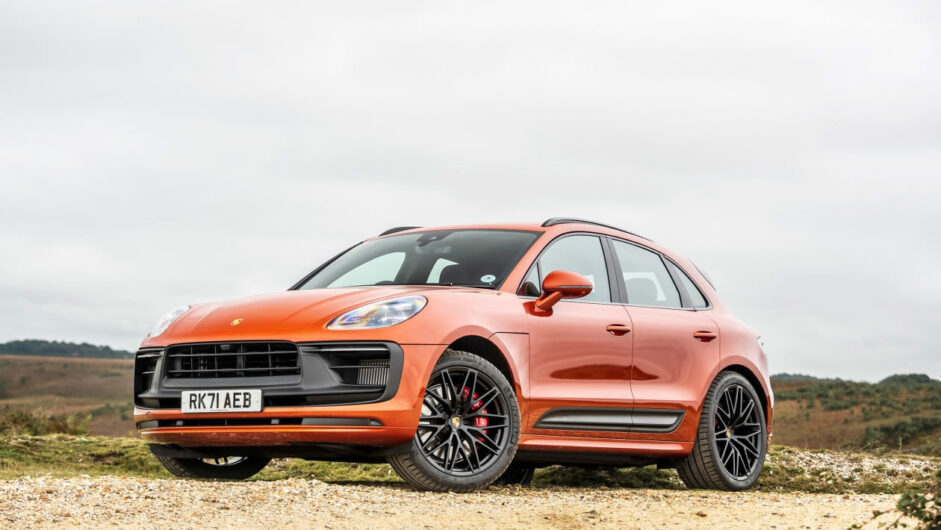
Like the cabin, there are a few things you can do to personalise the Macan’s exterior, one of which being an extended range of new alloy wheels. Amongst the new designs, customers can also order them in body-colour or contrasting gold, all of which we recommend in fierce retaliation of the industry’s current obsession with black wheels.
This article originally appeared at evo.co.uk
Copyright © evo UK, Dennis Publishing

